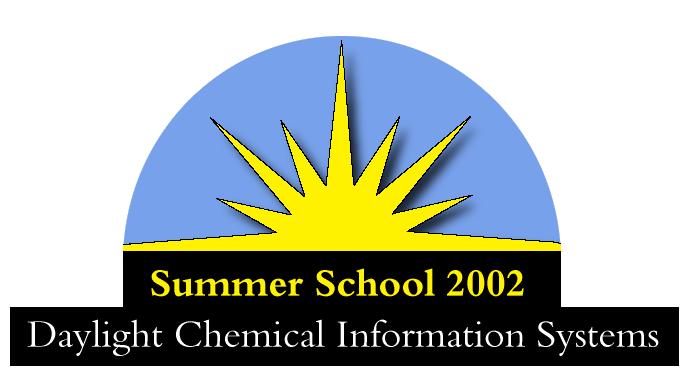SMILES, An Introduction

SMILES, An Introduction |  |
-CPSS- 0606911105
1 0 0 0 0 0 0 0 0 0 0
-4.5200 2.8100 0.0000 C 0 0 0 0 0 0 0 0
| Depiction | SMILES | Name | Note | |||
|---|---|---|---|---|---|---|
|
|
[Li] | Lithium | Square brackets ( [ ] ) are used to delimit individual atoms. | |||
|
|
O | Water | Elements in the "organic subset" may be written without brackets if the number of attached hydrogens conforms to the lowest normal valence consistent with explicit bonds: B(3), C(4), N(3,5), O(2), P(3,5), S(2,4,6), F(1), Cl(1), Br(1), I(1) |
|||
|
|
C | Methane | ||||
|
|
[H] | Hydrogen Atom | Hydrogen is NOT part of the "organic subset" and therefore needs brackets. | |||
|
|
[C] | Elemental Carbon (Graphite) |
If atoms are used within brackets, all Hydrogens must be specified, otherwise it is assumed that there are none. | |||
|
|
*F | Unknown atom bonded to Fluorine |
* is wildcard (any atom). | |||
|
|
C(F)(F)F or FC(F)F |
Fluoroform | Branches may be stacked. | |||
|
|
CCCC(C(=O)O)CCC | 4-Heptanoic Acid | Branches may be nested. | |||
|
|
CC(=O)O | Acetic Acid | Bonds may be specified within branches. | |||